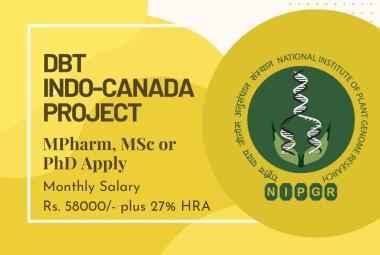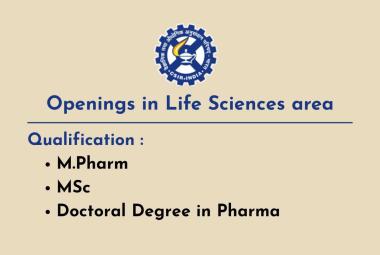Researchers at LSTM's Alistair Reid Venom Research Unit are looking at treatment for snakebite in a completely different way and have shown that it is possible to treat the bite from one snake with antivenom produced from a completely different species that causes the same pathology in humans.
[adsense:336x280:8701650588]
Dr Stuart Ainsworth is first author on a paper about the work published today in the journal Communications Biology. He said: "This work is extremely exciting and we hope provides a basis for looking at antivenom in a new way. Traditionally, when producing a polyspecific antivenom that could treat the bite of many different snakes, we have done so from a geographical standpoint. However, we have now shown that it may indeed be of more benefit to look at the specific pathology caused, allowing clinicians an opportunity to treat the symptoms they see without having knowledge of the exact species of snake involved."
Antivenoms are usually only effective against bites from the species of snake providing the venom for its manufacture, and are traditionally made with the venoms of snakes from a single region. This means that there is a need for many different antivenoms across the different parts of the world. Rather than looking at the problem geographically, the team instead decided to focus on the pathology caused a large number of different venoms. These pathologies fall broadly into four categories: coagulopathy, where abnormal blood clotting is caused; haemorrhaging, where bleeding occurs; neurotoxicity, which damages the nervous system causing paralysis, and cytotoxicity, where the bite causes death of cells and destruction of tissue.
The team discovered that some antivenoms could neutralise the coagulopathic nature of certain venoms from snakes which they were not manufactured from. In particular they found that anti-saw-scaled viper antivenom could significantly prolong survival, in preclinical models, following envenoming with a lethal dose of venom from the very distantly related snake, the boomslang. The hope is now to progress this research further, to demonstrate if this benefit can be extended to other venoms containing toxins causing similar pathologies.
Senior author Dr Nick Casewell said: "Each geographic area has huge diversity in the types of venomous snakes that cause different pathologies. Demonstrating here the feasibility of designing antivenoms that target specific pathologies, rather than focusing on a specific region of the world, should enable the development of a suite of pathology specific antivenoms that could be used globally in a modular manner across the world. This approach should also offer antivenom manufacturers with economies of scale to make snakebite treatments more affordable for the impoverished victims of the tropics who suffer the greatest burden of snakebite."
The current production of antivenom is very costly and treatment for snakebites can be completely unaffordable to victims who, particularly in the low and middle-income countries, are often disadvantaged subsistence farmers and their families. This work is part of drive by the team to use innovation to bring down the price of treatment and save some of the 125,000 lives lost to snake bite each year. "It is about tackling this neglected medical problem with solutions that can make a real difference." Continued Dr Casewell. "For example, we are also exploring the potential of enzyme inhibitors as inexpensive alternatives to the antibodies currently used in antivenoms. We hope that our work, along with that of our collaborators, could provide a solution which makes a real difference to those individuals living in some of the world's poorest communities."







